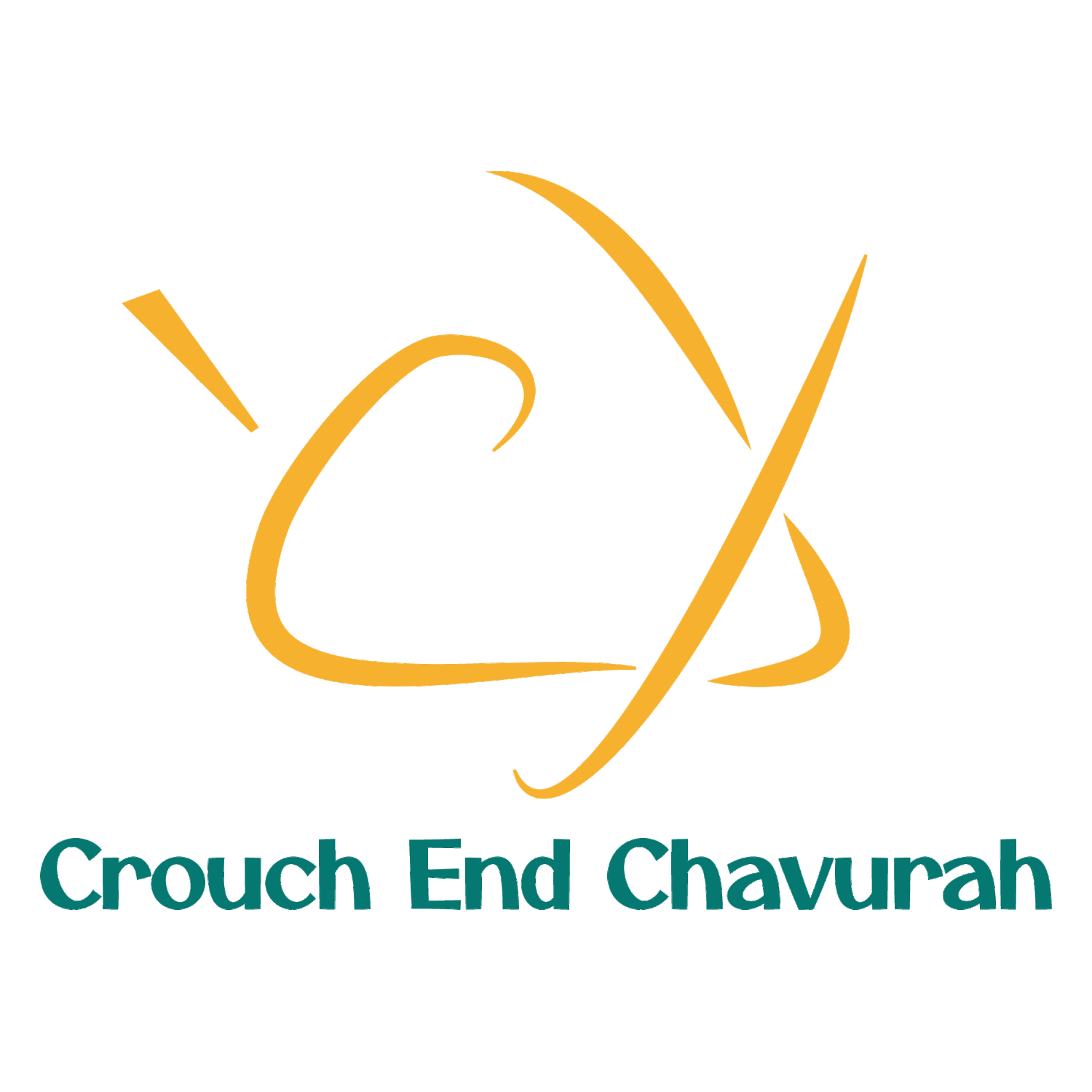Parashat T'Tzaveh by Rabbinic Student Eleanor Davis
In June 1848, among a set of sixteen definitions printed by a New Orleans newspaper (The Daily Crescent) was one for ‘happiness’: “A butterfly, which when pursued, seems always just beyond your grasp; but if you sit down quietly, may alight upon you.” This metaphor suggests it isn’t only the pursuit that is problematic, because it’s easy to imagine what would happen if a butterfly were actually grasped: at best, the tiny scales that give butterfly wings their colours will smudge like powder, destroying their beauty; at worst, the butterfly’s life is over once fingers close around it. Allowed to land on a hand that remains open, however, the butterfly can be appreciated at close quarters.
If chasing or grasping happiness is equally problematic, this month brings us a challenge, in the form of the rabbinic teaching that “when Adar enters, joy increases” (Babylonian Talmud, Taanit 29a). This is commonly simplified to something like ‘it’s Adar – be happy!’ yet there’s little quite like being told to be happy to bring out one’s inner grump; and as this year is both a secular and a Jewish leap year, we have an extra day in February 2024 and a whole extra month of Adar 5784. That means the challenge of Adar is doubled this year – unless we can find another way to understand the increase of joy.
Thankfully there is no instruction to ‘be happy’ in Parashat T’tzavveh, but the ability to hold something in your hands does feature in its description of the ordination of Aaron and his sons to serve as priests (traditionally understood as occurring in the final week of Adar). The ordination takes seven days, during which it is Moses who officiates and brings offerings in the Tabernacle; only on the eighth day will Aaron and his sons take over the ritual duties (Rashbam on Exodus 29:35). While the English word ‘ordain’ comes from the Latin ordinare, to arrange or set in order, the Hebrew comes from the expression milui yadaim, filling of hands. Among other examples, Moses is told to dress his brother Aaron and Aaron’s sons in the priestly robes, then “anoint them, ordain them (‘fill their hand’), and sanctify them to serve Me as priests” (Exodus 28:41), and this process lasts beyond a single moment: “shiv’at yamim t’malei yadam – you shall ordain them (‘fill their hand’) for seven days” (Exodus 29:35).
This idiom proves interesting to medieval commentators. Rashi explains that it is an expression of inauguration, meaning that from this day onward their hands become filled with their new task: occupied with it in a practical sense. Nachmanides prefers reading ‘full’ (malei) as having the sense of ‘complete’ or ‘perfect’ (shaleim): whereas a lay person attempting to fulfil the service of the Tabernacle would find their hand somehow lacking, the priests’ hands having been spiritually ‘filled’ means that they are full of the competence to perform the tasks perfectly. Ibn Ezra has a similar thought, taken in a direction that attributes less than Nachmanides to a metaphysical transformation: for Ibn Ezra, ordination comes after the process of learning that accustoms his hand to the priestly procedures, so that it is full of competence in them.
These explanations share a sense that the purpose of ordination focuses on the actions that follow it. Ordaining Aaron and his sons fills their hands with the capabilities they will need to carry out the priestly service that will enable connection between God and the Israelites. To misquote the old proverb, ordained is as ordained does: it isn’t enough just to be a priest; the purpose of their ordination is to enable them to do priestly things. Or in other words, ordination is something neither to chase after nor, even as a filling of hands, to grasp: the new priests only receive in order that they have something to give to others in turn.
Not everyone today will be ordained, and sacrificial expertise may never have been the goal of the Jewish people’s aspiration to be “a kingdom of priests” (Exodus 19:6), but priestly ordination might offer a useful perspective on the Rabbinic teaching that “when Adar enters, joy increases.” The priests must arrive with hands empty enough to receive ordination, yet once their hands are filled, their task is not to hold onto it; the miraculous element is that the more they give out after ordination, the fuller their hands are with the task they have been given. The month of Adar might have something closer to the character intended by the Rabbis if we take it not as a month to be happy or to try to grasp happiness for ourselves, but rather as a month for bringing others happiness. The darker the times, the more this is needed, and the magic of Adar may be that the more joy we spread, the more joy we may find within ourselves to enable our ongoing sharing.
Happiness may be elusive when pursued and joy may not ever be permanently attainable – but it can always (and repeatedly) be given, however large or small the dose. The month of Adar invites us to take time to notice its presence and to open our hands day after day to bring happiness to others; perhaps we will even learn to be still enough to let it alight upon us.

